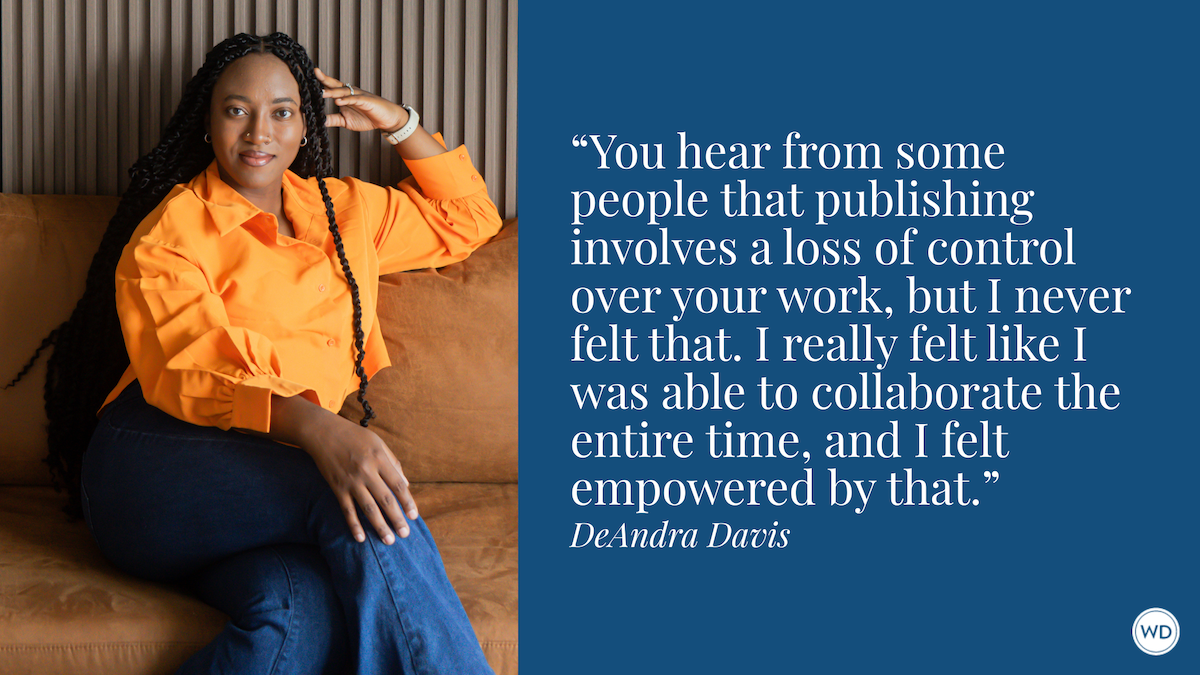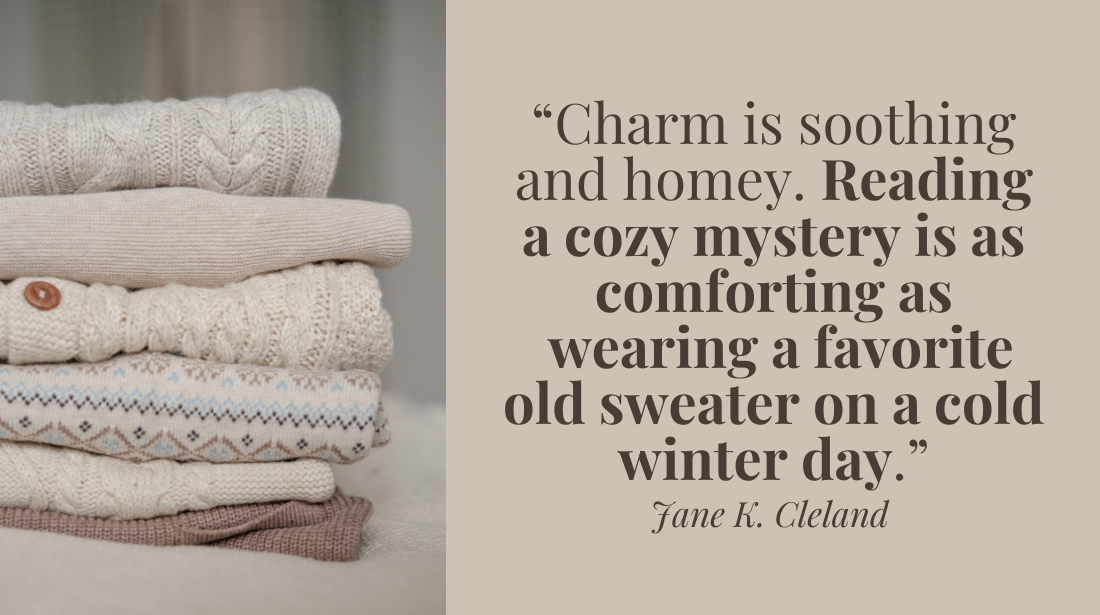Incorporating Nonfiction and True Crime Into a Genre Novel
Award-winning author Cynthia Pelayo discusses incorporating nonfiction and true crime into a genre novel.
My undergraduate degree is in journalism. I have two master’s degrees, one of which is a Master of Fine Arts in Writing, but my first graduate degree is a Master of Science. Before I started writing fiction, I already had a foundation in research from my journalism degree, as well as expertise in statistics, research design, and data analysis from my Master of Science.
I worked as a journalist for some time in the 1990s, covering arts and entertainment, community news, and crime. I had grown up in a household in which two newspapers were delivered to our doorstep every morning. The news was on the television all day long in my home, from the morning, in which we watched the local news that would provide us with the update on weather and local traffic, to the mid-day news, evening news, and then we’d watch Ted Koppel on Nightline for in-depth segments.
Current affairs were always a point of discussion at home, the fall of the Berlin Wall, the Challenger disaster, the emergence of AIDS, the Cold War, Gulf War, the rise of the internet, and more. I clearly remember coverage during the Satanic Panic, interviews with John Wayne Gacy, the capture of Jeffrey Dahmer and the subsequent court trials. I also remember a number of high-profile organized crime cases. This was Chicago after all, and many crime families had a stronghold throughout the Chicagoland area and many of its suburbs.
This is all important because my educational background, my upbringing, and the information I was exposed to inform my interests and my approach to how I consume and discern information that is being given, or details I am seeking. It’s also important to note the nature of how the news is reported and consumed today is vastly different than what I was first exposed to over 40 years ago.
Exploration and inquiry are basic elements in narrative design. Regardless of what type of story you are crafting. The types of novels I tend to write often contain a realistic thread, based on a true crime case, some historical information, and facts regarding it. So how do I weave history, nonfiction, and true crime, into a genre novel? The following are some of my considerations.
Picking the case
The first thing I do is think about what type of crime will complement the genres I am currently writing.
For example, in Forgotten Sisters, there are two crimes that have been committed that are written about. The first is the corporate mishandling of the structure and safety features of the S.S. Eastland which led to the ship capsizing in the Chicago River, resulting in the deaths of 844 citizens in 1915. The second true crime case explored in that novel is that of a number of unsolved drowning deaths of young men along Chicago area water ways over the past two decades.
Generally, I have an idea of what crime I’m going to cover in my novel given that I often cover the Chicagoland area in my writing and through that, I’m very often reading nonfiction books, or following local news so that I am aware of what is happening in my community.
Using themes to complement the story
My novels tend to have multiple themes running through them. For example, one of the themes in Vanishing Daughters is how acts of violence when ignored only escalate and repeat, leaving communities and people trapped in a pattern of repeating hurt and harm.
The true crime case I covered there is the unsolved murders of over 51 women throughout the South Side of Chicago, many of which are women of color. The cause of their deaths are largely similar, and so, community members, friends and families of the victims have expressed outrage as to the lack of attention of law enforcement taking steps to investigate these murders as the work of a serial killer.
Getting lost in research
The research is one of the most important steps. I enjoy the research aspect and can get lost in the research. My aim with this step is to obtain as much information as possible. Not all of it will make it into the novel. However, knowing as much as I possibly can about the crime I’m highlighting will greatly inform the essence of the work.
For research, I take a multi-step approach. I turn to local news channels, many of which have an accompanying article about the crime committed. Many local news channels also have video segments that can be accessed on their website or on their station site on YouTube. I also subscribe to a number of newspapers. Additionally, I subscribe to some newspaper’s archives, so I can go back, decades and decades, to access material. I live in Chicago and also have access to great research libraries and utilize their services.
Finally, people are great points of research, from librarians who can direct me to where I need to search, to individuals who can provide primary interviews. I have spoken to people in law enforcement, scientists, funeral home workers, to victims of violent crimes, and more for research purposes for my novels.
Weaving everything together
Now, this is where it becomes tricky, incorporating the research. We cannot have blocks of information within the text. Well, you can do whatever you want in theory, but I would recommend dispensing the true crime/nonfiction/historic details via a variety of narrative approaches so as not to overwhelm the reader with background information.
For example, while in conversation, characters can detail some of this information. True crime details can be provided to the reader via a character’s thoughts, say if they are already familiar with the case. Or, the reader can learn these true crime/nonfiction/historic details along with the character while the character discovers it either through research or another person in the story.
There are some structural approaches you can incorporate as well, such as including news articles, blog posts, transcripts, letters, official records that provide the reader with this detail, and more. Overall, I would recommend any true crime detail or nonfiction information not be presented in a way that slows down the narrative. I have been guilty of slowing down the pacing with sharing too much background information and I am getting better at weaving that in.
Ultimately, the research has to serve your story. What is the point that this nonfiction, historical, or true crime information is trying to make related to your character and theme? What will your character do with this knowledge? How is it applicable to their mission and their growth as a character? You are still writing a story and stories are about how an individual is changed from the beginning of the novel to the end.
So, however you are incorporating this information it has to be related to your character, to your theme, and to your plot. Nonfiction, historical, and true crime information should be well-researched because having that realistic thread within a fictional tale does provide a great emotional weight. Finally, it needs to be presented smoothly within the text so as not to slow down the pace.
Check out Cynthia Pelayo's Vanishing Daughters here:
(WD uses affiliate links)
Cynthia Pelayo is the Bram Stoker Award–winning author of Forgotten Sisters, Children of Chicago, and The Shoemaker’s Magician. In addition to writing genre-blending novels that incorporate fairy-tale, mystery, detective, crime, and horror elements, Pelayo has written numerous short stories, including the collection Lotería, and the poetry collection Crime Scene. The recipient of the 2021 International Latino Book Award, she holds a master of fine arts in writing from the School of the Art Institute of Chicago. She lives in Chicago with her family. For more information, visit www.cinapelayo.com.








